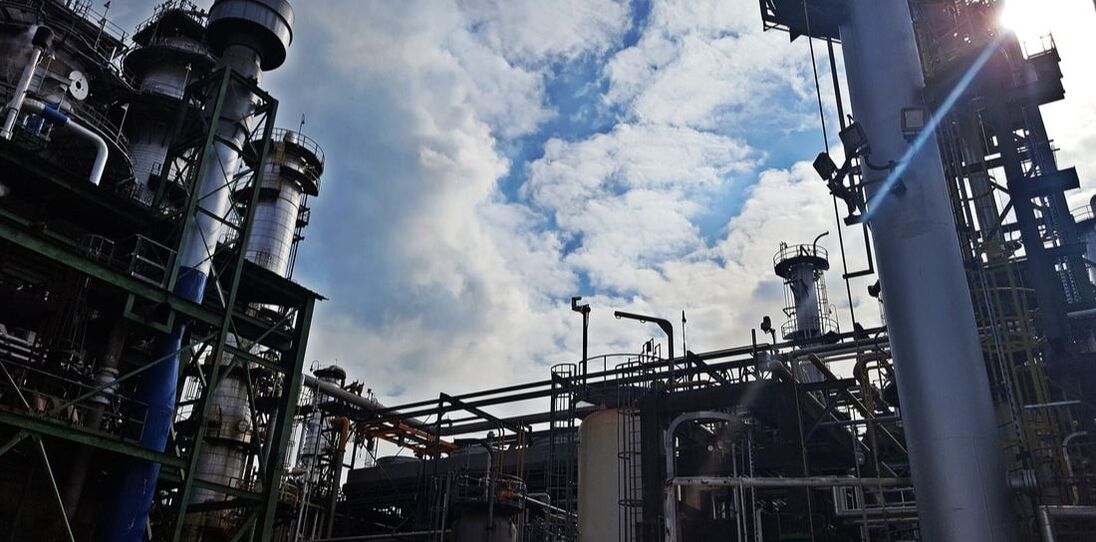Why strategic partnerships are a better value than low-cost supply chain models
Updated August 29, 2023
By Ryan Upshaw | Senior National Account Sales Specialist
By Ryan Upshaw | Senior National Account Sales Specialist
|
Three takeaways
Diving in Have you ever made a decision, thinking it was the best option, only to find out it actually hurt you? This happens to all of us. An organization decides on a path only to live with the choice until they see it’s having a negative effect. One example is when companies look at their indirect supply chain. Someone asks a procurement officer, “Can you find me 5% savings on direct costs?” That sounds good, and maybe even easy because, in the past 20 years, you could go to a supplier and say, “Hey, this is what we spend with you guys. I need to save 5%.” Today, with inflation and price increases, the only way you can pay a cheaper price is to go and look for a low-cost supplier. So, you're pushed into a corner where you have to make a decision based on cost. If you look at the health of businesses recently, the people who made the decision to go to a low-cost supplier have actually been hurt. It happened because, when you go to that low-cost supplier, you're adding transactions, you're adding labor, and you're adding expense. The true cost of a product, the total cost of ownership, actually increases. And what I’ve seen in businesses that made this call is they have unintentionally overwhelmed their warehouse, receiving, and purchasing labor. And this was simply done by making decisions based solely on price and not on value. You might wonder, “Who should have ownership of the last mile of the supply chain?” For the answer, look at Door Dash. Their usage exploded during the pandemic because people needed help with the last mile. Restaurants wanted sales and customers wanted food. But both sides were so close to getting what they needed but hadn’t fully comprehended what it takes to do the last mile yourself. What does being pricing competitive really mean? Instead of going to the lowest-cost supplier, the partner that you want is one who can add value to you and your customer. You want a partner that will invest in your organization. Why would they invest in you? Because they can see that by doing so, they will also benefit. And that’s really the way you have to think about it. Your supplier really is a partner. If possible, you want them to act as an extension of your team. Maybe they should share in ownership in the last mile. You want to make sure they have the ability to be close to your facility. Naturally, proximity matters for the last mile of supply chains. When buying from low-cost suppliers, you're buying from the cheapest price and market, sure. But the secondary costs associated with that model are what increase the number of issues you’ll face. You’ll likely see hikes in freight and potentially face supply chain resiliency issues. At that point, you have to decide: Will the overall impact on my organization be positive or negative? Making the call So how do you choose a supplier? And how do you find one that can be a partner? Look for proximity. You want to find a supplier who, in the past few years, has worked to improve their proximity to you. Ask yourself: If they retracted or moved to a fulfillment-center type of distribution, can they truly finish the last mile of the supply chain? Ideally, you’ll find a servicing partner who can be in your facility or at least within 15 miles. Then you can trust that supplier will act as a partner who can service your team and drive savings. Proximity isn’t just about delivery, proximity is the ability to service the customer at a high level in a short amount of time. So resources and proximity work hand in hand. You also want partnership. Think about consistency and two-way communication. If you have a contact who is actively listening to any issues you are facing, then you have a supplier who can improve the overall health of your organization. The big takeaway is this: You should look to create strategic partnerships with suppliers who can physically be close to your facility. They will supercharge the last mile of your indirect supply chain and provide a better overall value than a low-cost supply chain model. As always, if people want to reach out, just send me a message on LinkedIn. I'm a senior national account sales executive with Fastenal, and I’ve been with the company for 13 years. So, if you have any questions or you’re just interested in the consultative approach, reach out. Vertical Divider
|
Like what you're seeing here? Subscribe to the Blue Print for FREE and get the magazine sent right to your address.
|


